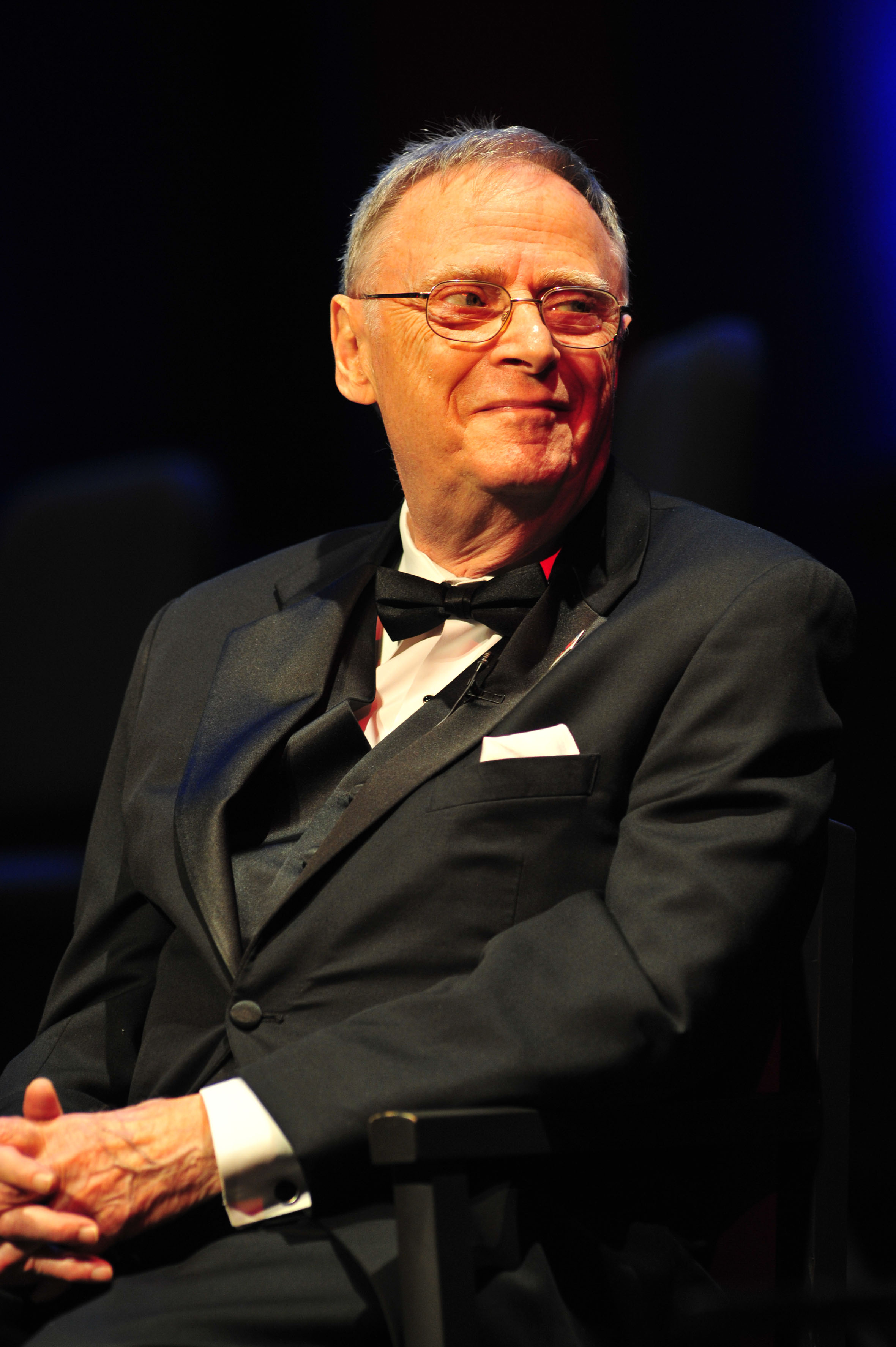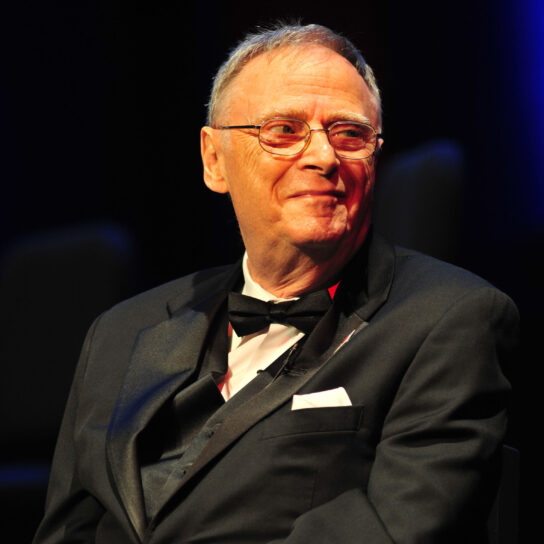
As many of you may know by now, I have long been a big admirer of Van Gelder, which naturally led me to carefully study his life and his work over the past seven years. In 2016 I met Dan Mortensen, then the AES historical track chair, and last year while assisting Dan it was decided that I would give a talk on Van Gelder this year.
I am honored to be presenting Rudy Van Gelder’s story from my perspective, and I have taken steps to make sure my point of view is as comprehensive and unbiased as possible. If you are interested in attending the talk, please click here to visit the AES website and learn more about their All Access passes. If you cannot attend the talk in October, my hope is to give the talk again at a suitable public location for little to no cost at the end of the year.
Here is a summary of the talk as taken from the AES website (click here if you’re interested in seeing my bio over there):
Rudy Van Gelder, or “RVG” as most jazz fans know him, was responsible for laying to tape hundreds of classic jazz recordings spanning a period of over five decades, which were released on a variety of labels including Blue Note, Prestige, Savoy, Impulse, Verve, and CTI.
His rise from obscurity to engineering fame centered on a unique approach to his work, about which he was famously secretive. Beginning in a makeshift living room recording studio in his parents’ Hackensack, New Jersey home, Van Gelder would eventually build a one-of-a-kind cathedral-like studio in nearby Englewood Cliffs that is still in use today.
Always on the cutting edge of technology, Van Gelder used a plethora of state-of-the-art tools to create “the Van Gelder Sound”, a distinct and easily recognizable sonic fingerprint that helped define the sound of jazz on record during the classic analog era of the 1950s and 1960s.
Van Gelder’s legacy is that of an individual who realized his dream to work in a creative capacity, and his story stands to inspire people from all walks of life.

